The grey and wet weather continued and our passage to Fiji turned into one of the worst sails we have had. Once again, it was a short journey, only 300nm in just over 2 days, but the winds were stronger – Force 4 (20 -28 knots) regularly gusting 30+. This, along with seas of 3-4m, meant that there was plenty of rolling and virtually no sleep. We also had plenty of rain. It was cold and we had to resort to breaking out our foulies!
Arriving in Fiji, the World Cruising Club had arranged special check for us in the eastern islands of the Lau Group. Officials from Health, Immigration, Customs and Biosecurity flew out to Lomolomo, a small village on the island of Vanua Balavu. This enabled us to spend time exploring the eastern islands of Fiji, rather than sail past them to check in further west. As with several countries over this side of the Pacific, the Biosecurity rules were strict; no fresh fruit and veg and only meat and dairy products from New Zealand. Good job, we had a big eat up on passage!
Our arrival coincided with yet more wet and windy weather. Grey skies, very strong winds and more rain. Several other ARC boats arrived at the same time as us and, with check in completed, we all quickly headed north to the shelter of MBatavu Harbour. The high sided, deep inlet offered us good protection from the strong winds and we hid here for a couple of nights.
After a couple of days, the sun came out and, more importantly, the winds settled down. It was time to move to the beautiful Bay of Islands. A dinghy safari was in order, exploring between the towering limestone columns, culminating in a beach get together with beer and bonfire cooking.
When in Fiji, it is essential to visit the chief of the local village to carry out sevu sevu. This is a ceremony in which a gift of kava is presented to the chief. In return, the chief welcomes you to the village and gives you permission to visit the land and waters owned by the village. The WCC had already paved the way for us in Lomolomo for check in, but we were asked to attend Daliconi for kava presentation and meke.
Kava is a root which is ground and mixed with water to create the traditional national drink of Fiji. It is a mildly narcotic drink and many Fijians drink it instead of beer. As part of the welcome ceremony, guests are expected to accept the offered drink. It looks, and tastes, like dirty water and creates a mild tingling in the mouth. Just a taste is plenty!
Once kava had been accepted by the chief, we were welcomed into the village and invited to a meke. Many of the village came to welcome us with their singing and dancing.
We in turn entertained them with one of the only songs that boaters from all over the world know – What shall we do with a drunken sailor? The villagers loved it.
Whilst in Daliconi, we got the chance to visit the local school. It had 30 children aged from 5 to 13 who travel from all over the island to attend. It was interesting to see the similarities to all schools across the world – staffroom noticeboards with time tables and rotas, classroom walls covered in vocabulary, facts and mathematical terminology. The children were fascinated by the photographs in my Heathlands book showing school life there. But it did bring home to me how fortunate children in the UK with the facilities and opportunities that they have. The children on this small Fijian island have no outdoor play equipment other than a few balls (rugby of course), there was no sign of technology like laptops and ipads and certainly no internet. Yet they were so happy. They were studious, well presented and well mannered. And like their parents, superb singers.
All to soon, it was time to head off to the main island of Viti Levu. No time to discover any other places, as we needed medicals for our Australian visas!
The passage was about 170nm and the forecasted wind was for a pleasant sail. Unfortunately, this was not the case: no wind came and we had to motor the whole way. A disappointing outcome, but on the up side, we both had a great nights sleep!!
Our first stop on Viti Levu was Suva. Being a very busy port, it was strange for us to see the differences between life here and on the small islands that we had visited a few days previously. The bustling town had all of the amenities of any large town: large shopping centres, fast food outlets and a market bursting with fresh produce. It was sensory overload.
Whilst in Suva, we had the opportunity to dive in the Shark Reef Marine Reserve with Beqa Adventure Divers. We had two very structured and well organised dives which gave us the opportunity to dive with 6 different types of shark: black and white tipped reef, tawny nurse, gray, lemon and bull sharks. Awesome! Thanks guys!
After visiting the busy town of Suva, it was great to get back to basics on the small island of Beqa. Once safely anchored, we dinghied ashore to present sevusevu. Again we noticed the difference that 30nm makes. The village here was very simple. Homes were generally one or two rooms with woven matting on the floor and no furniture other than maybe a mattress. The people were welcoming though and, once kava had been presented, we were invited to join them for church.
The following day, in our best clothes, knees and shoulders covered, we set off back to the village for the 1030am service. We found out quickly that, as with most things in the islands, timings are flexible. We wandered around the village, talking to the local children until the boys rang the bell and started pounding the tree trunk drums. Slowly, the villagers appeared from the surrounding houses and made their way into the church. The children sat patiently awaiting their families and, every so often, randomly burst into song treating us to beautiful two part harmonies.
The immaculate Methodist church was the smartest building in the village and here the villagers gathered in their Sunday best to worship together. The service was all in Fijian, but it was easy to follow: hymns, bible readings and collection of dues with families called out by register. A sound system relayed proceedings across the village for those unable to attend.
The Preacher stood to deliver his sermon and the usually softly spoken Fijians got a real roasting. We had no idea exactly what he said, but there was no doubt it was fire and brimstone.
Just time for a quick sail to the other side of the island and a couple of dives. Then it was a short overnight sail to Nadi on the west side of Viti Levu. Safely berthed Naisoso Marina near Nadi, we had a few days to install our new freezer and provision ready for our next guest.

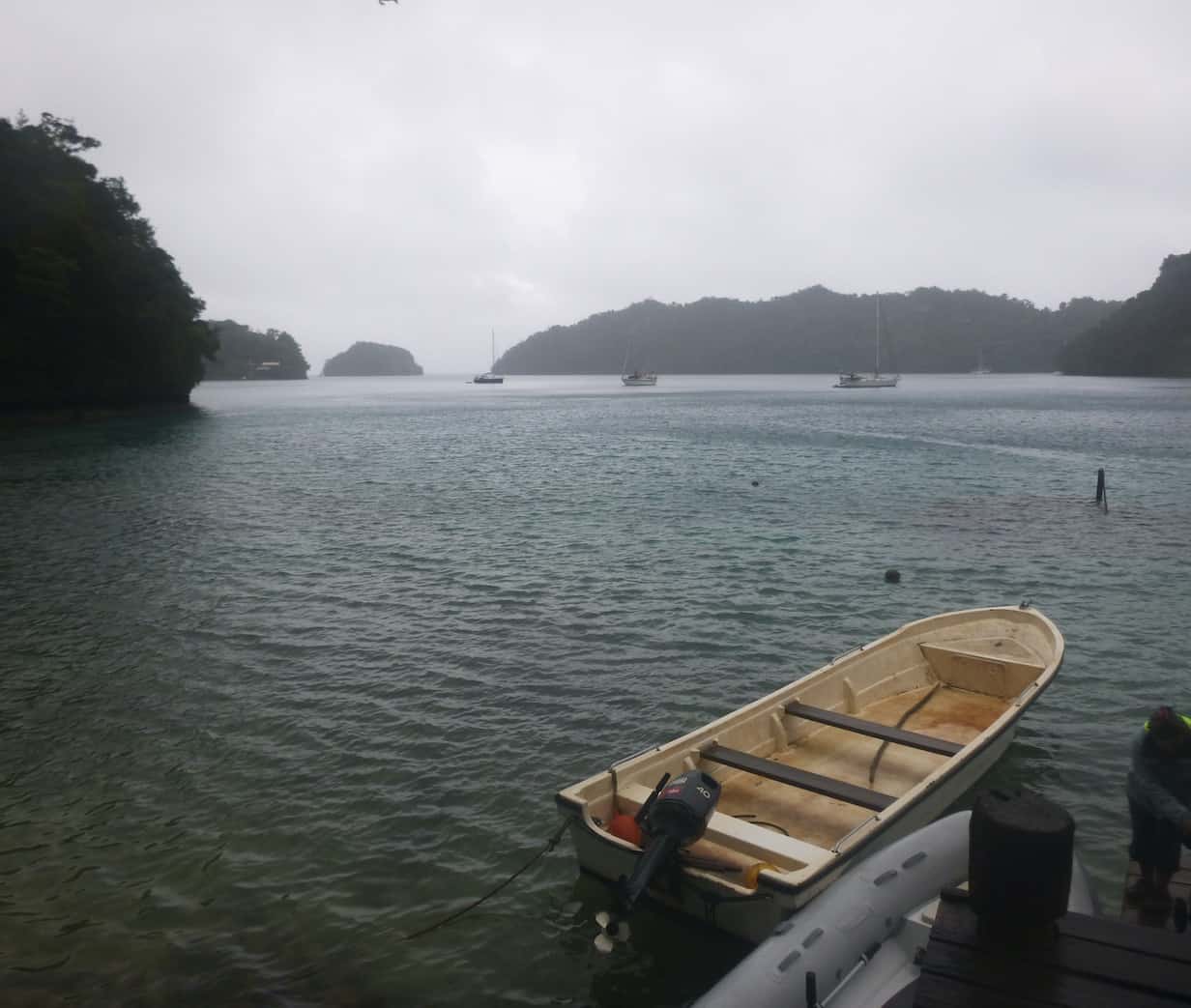
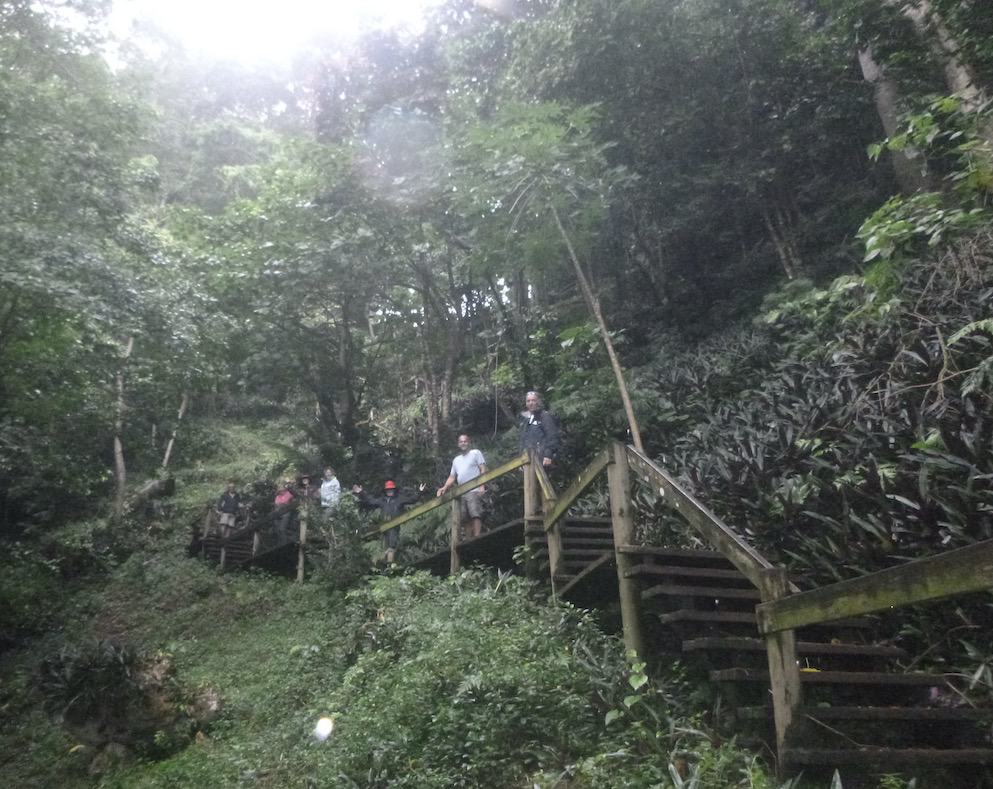
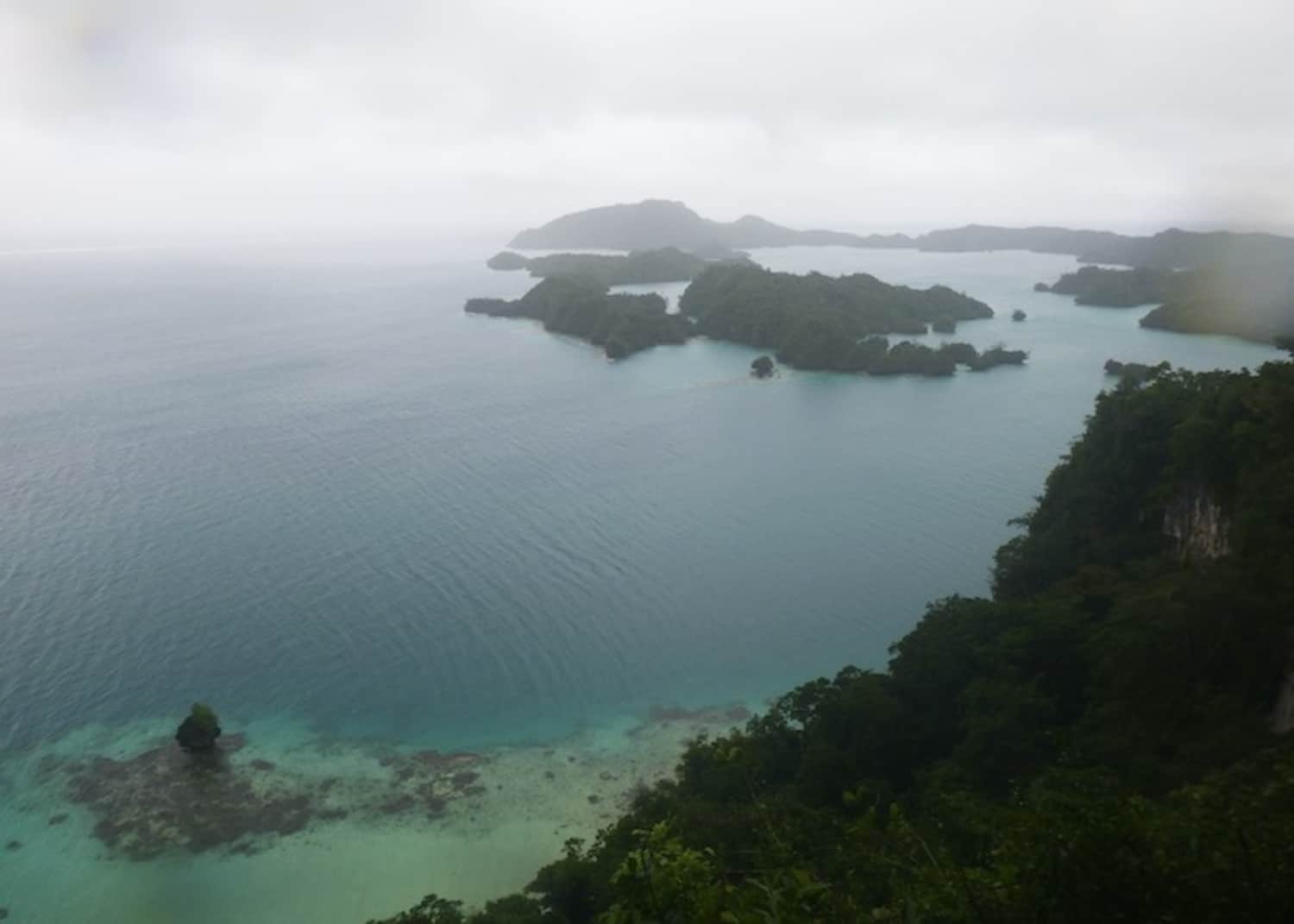

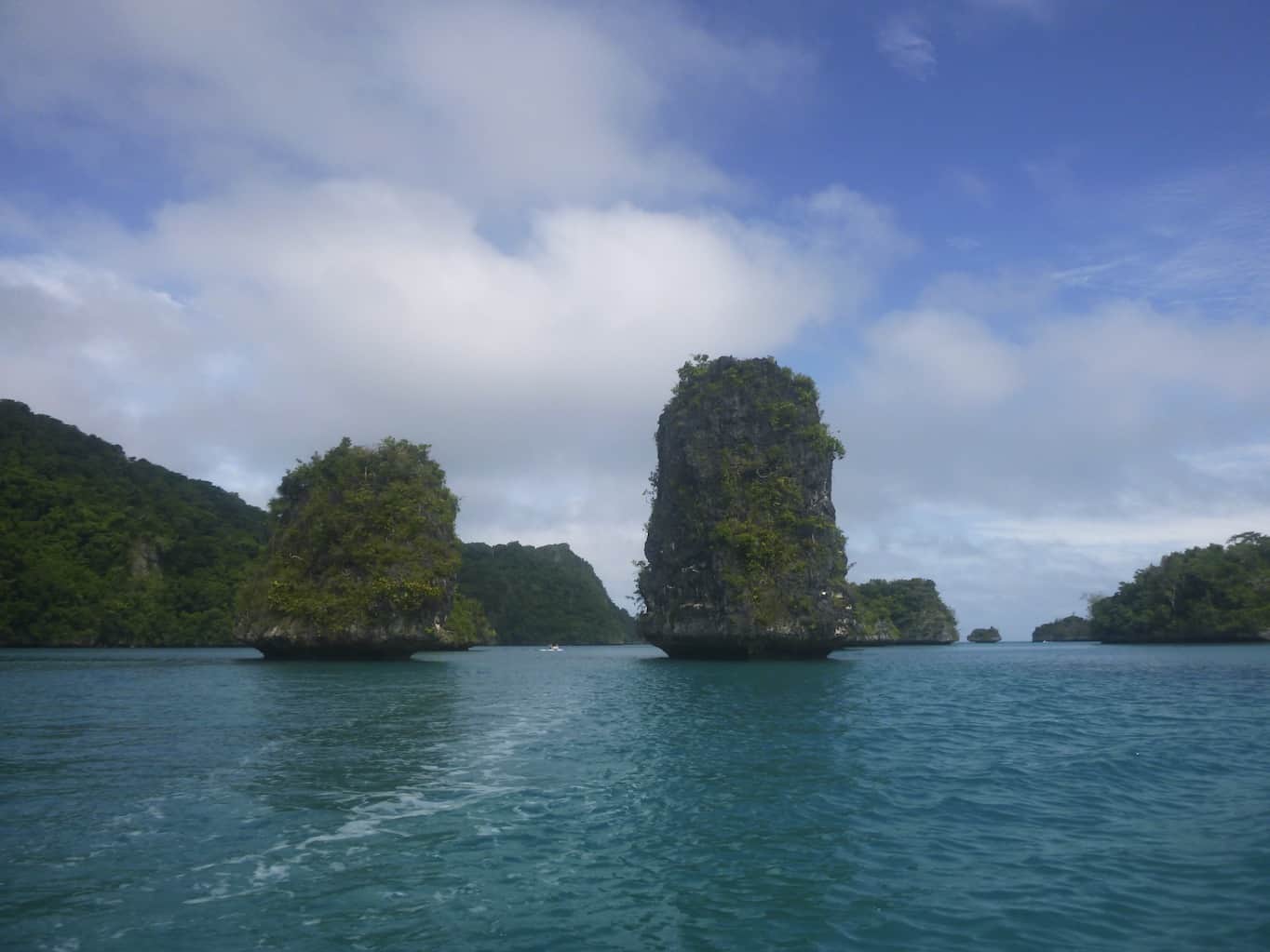
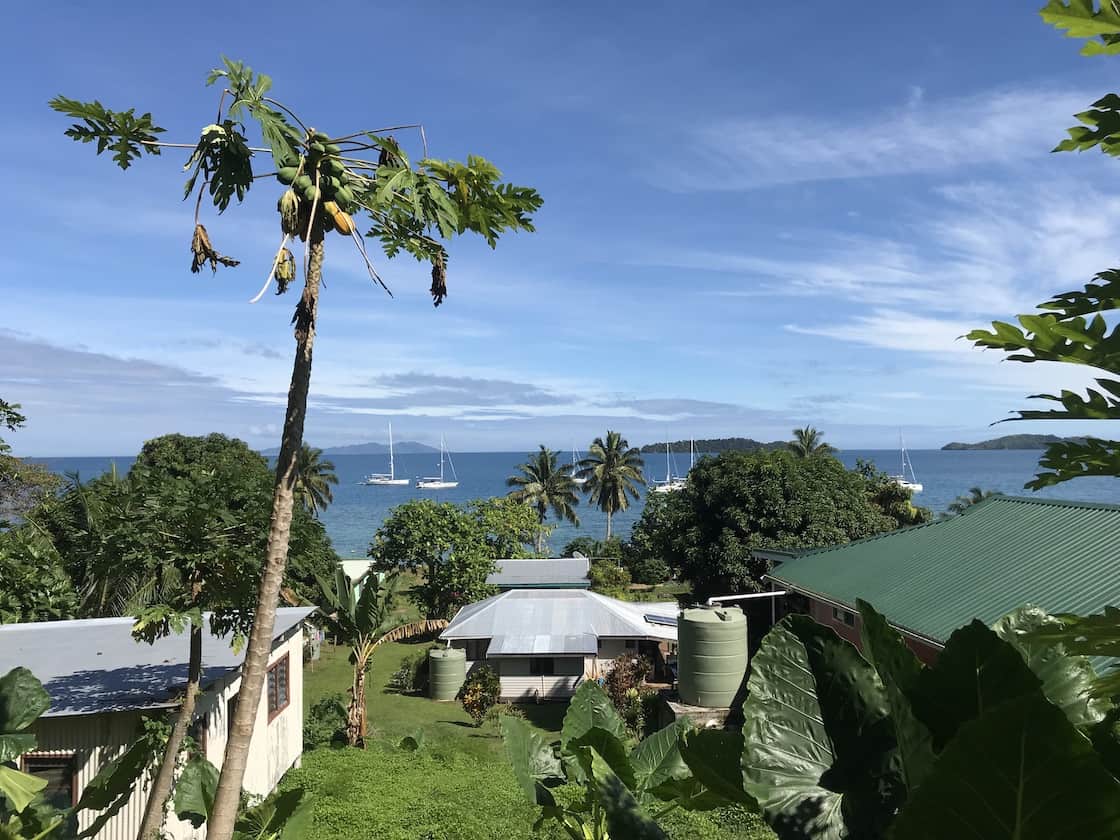

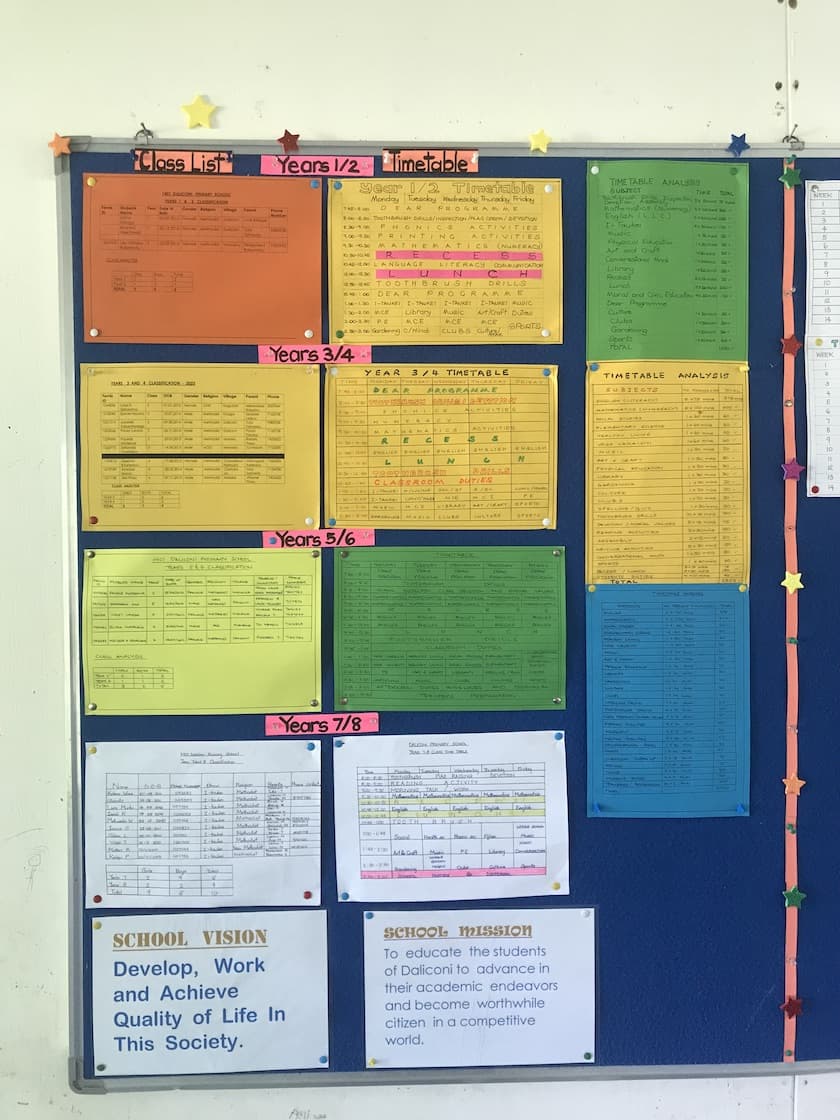
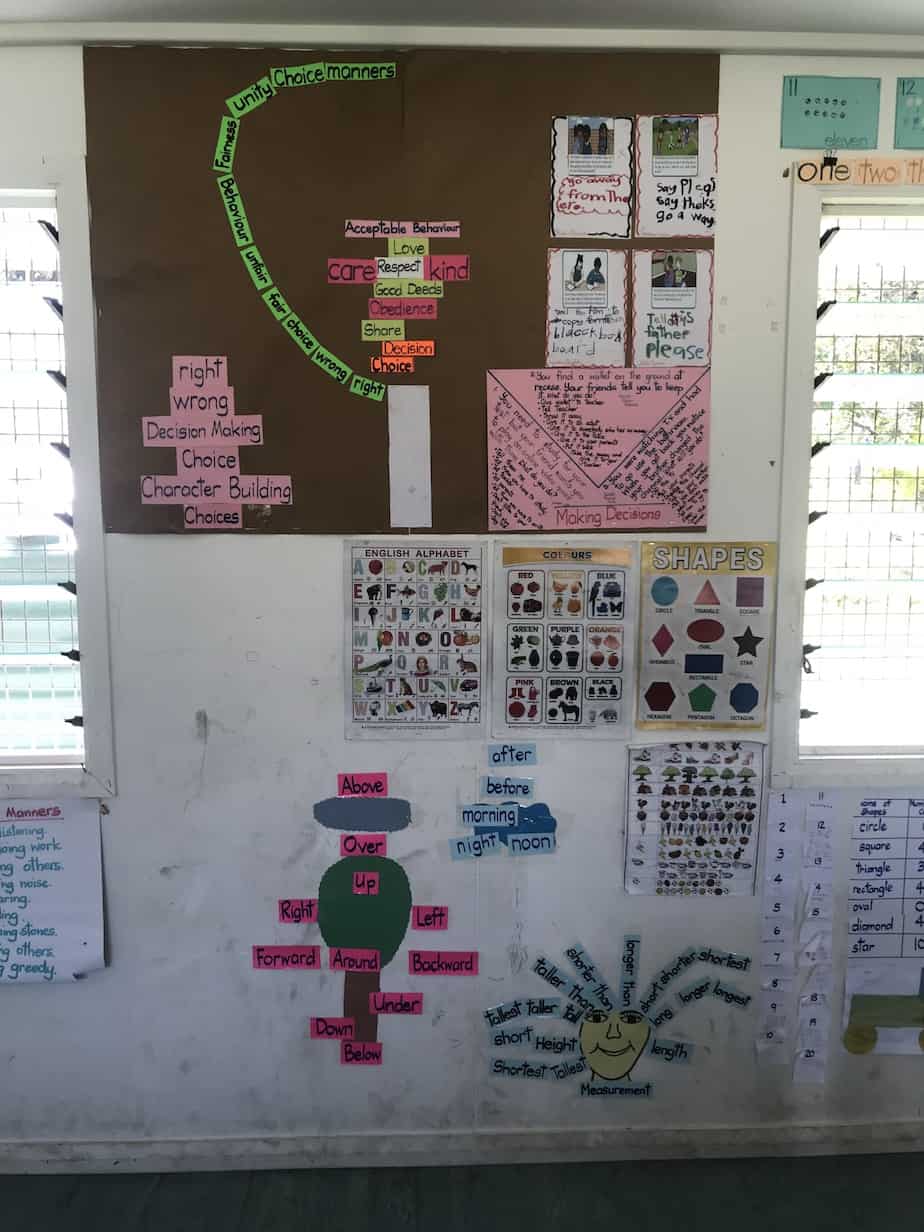
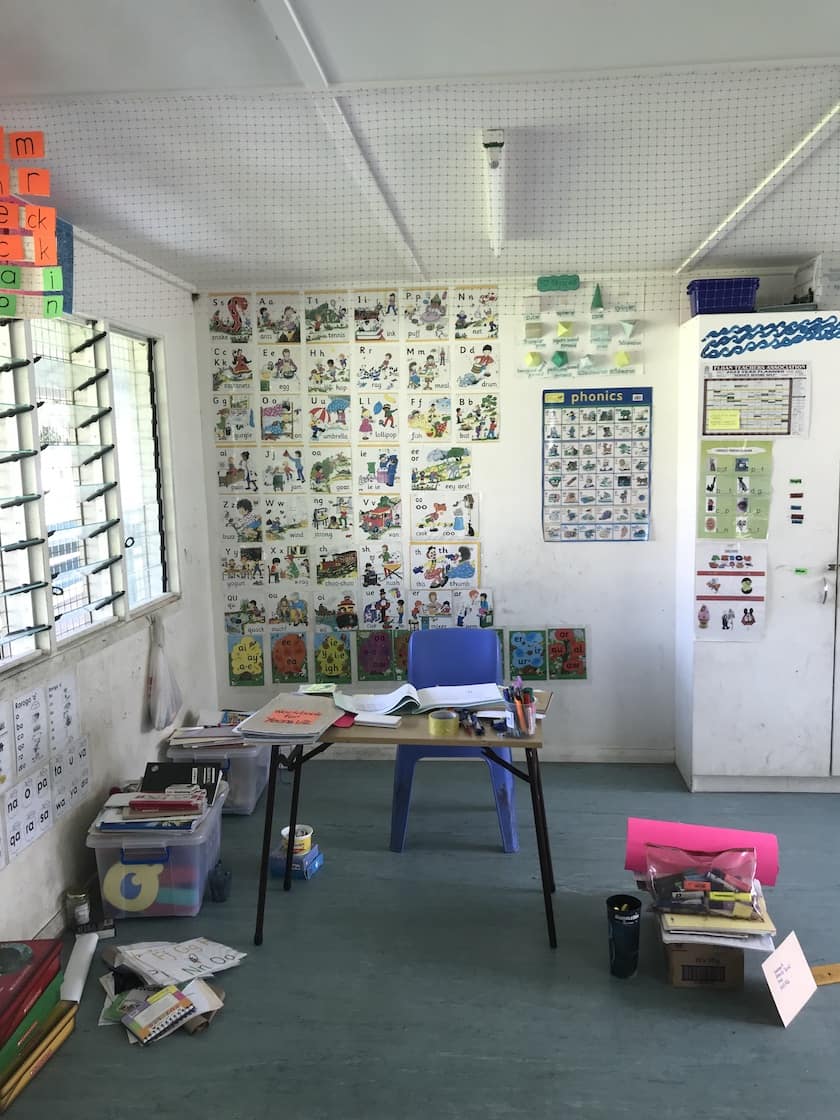
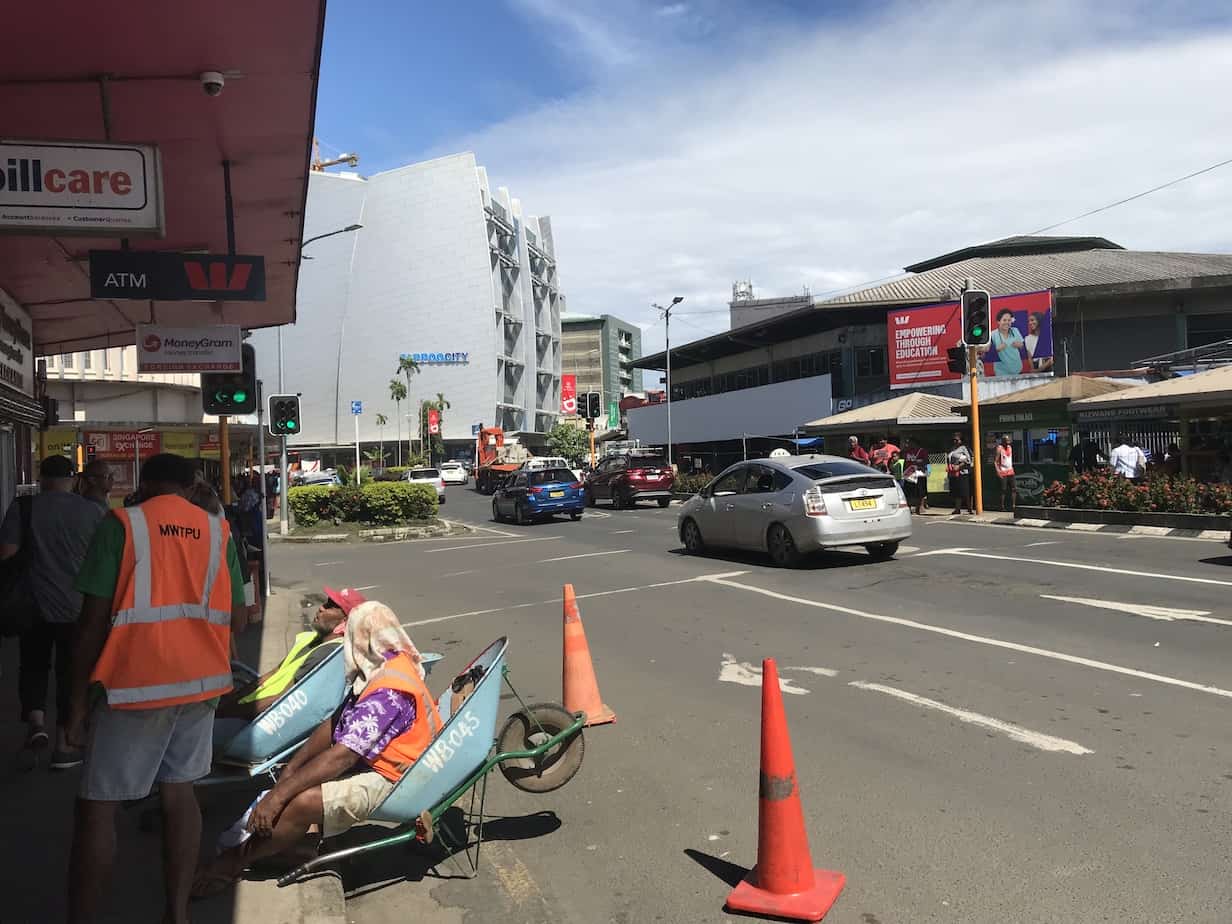
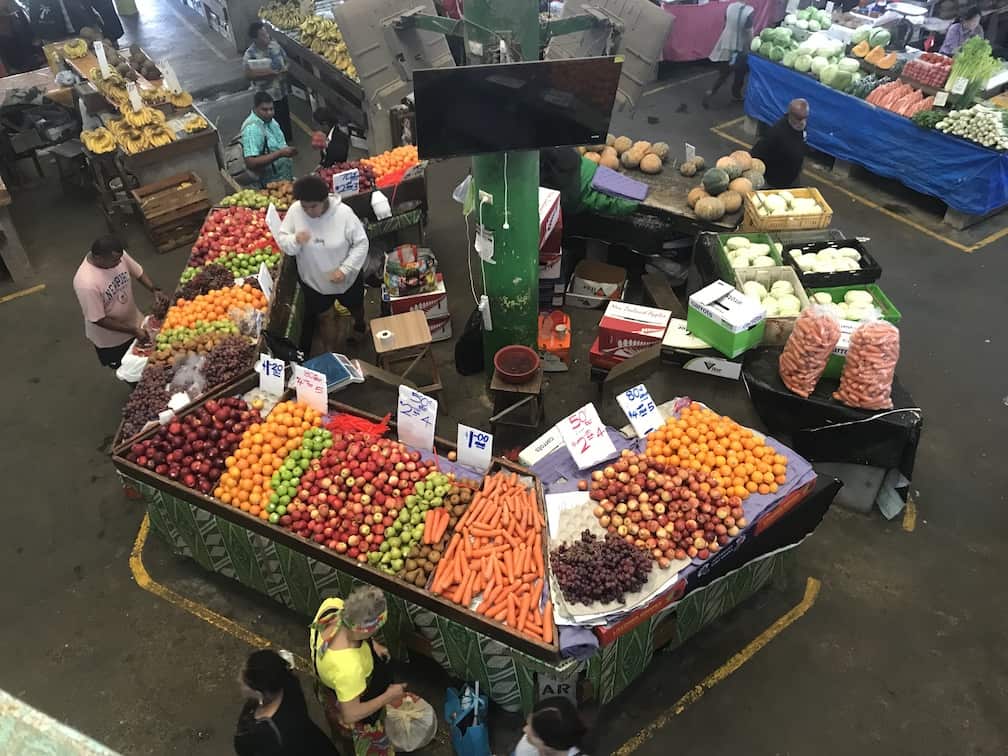

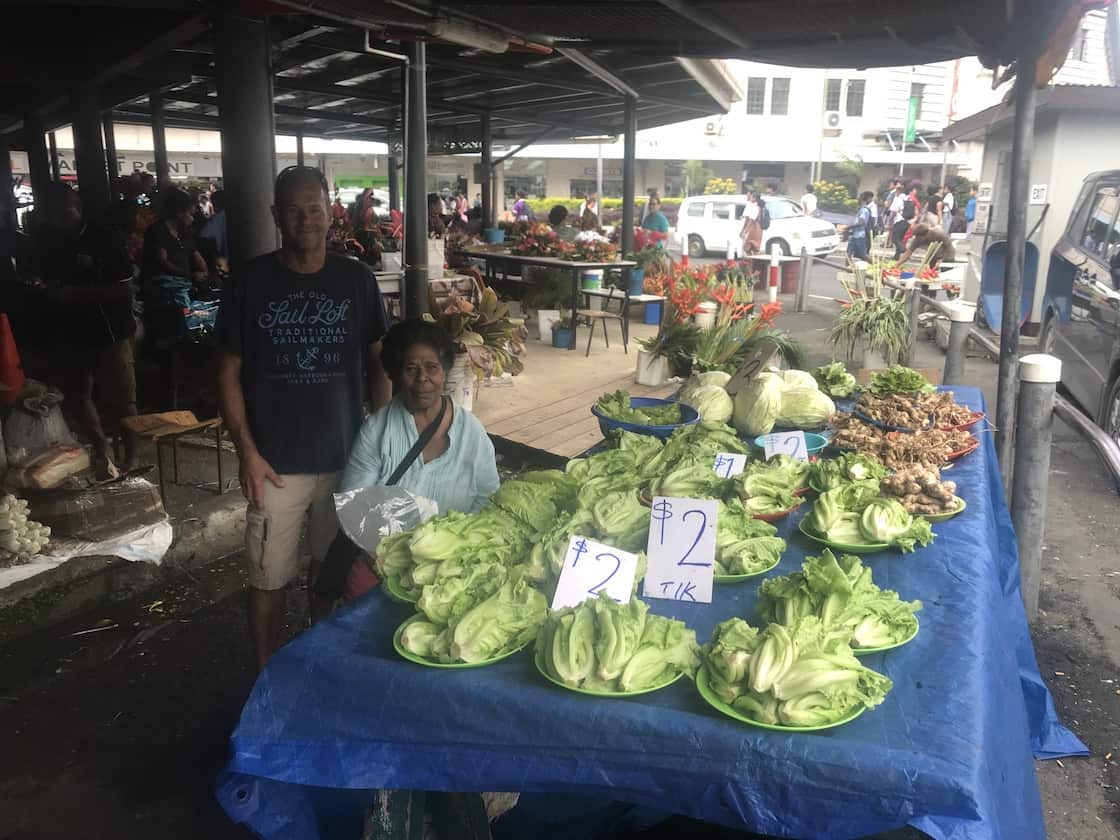
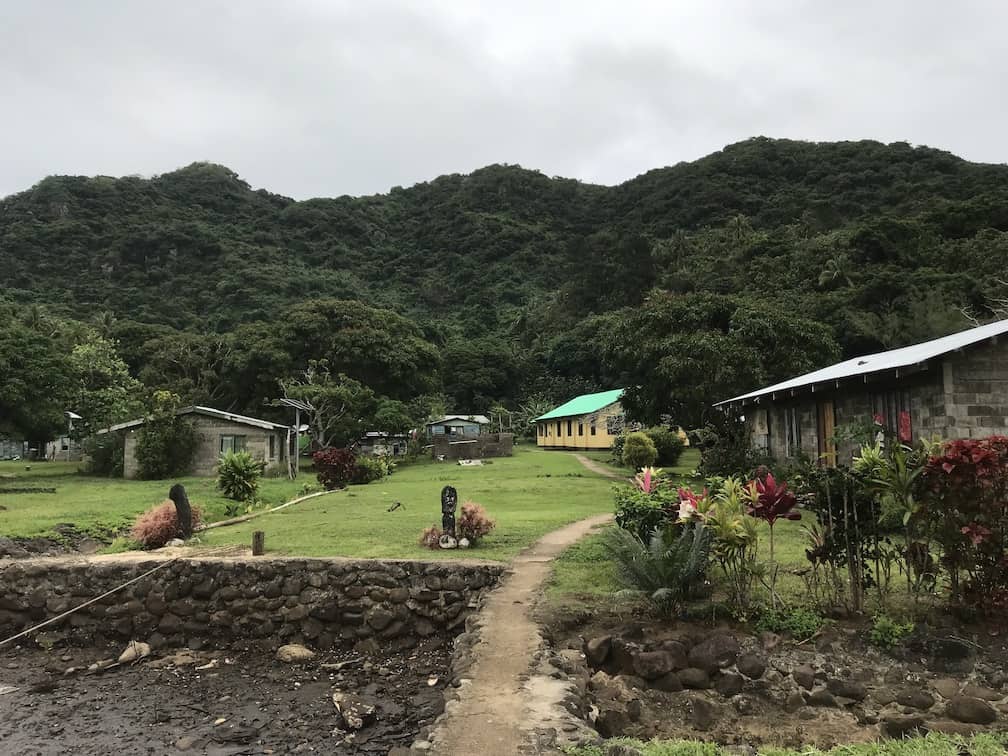


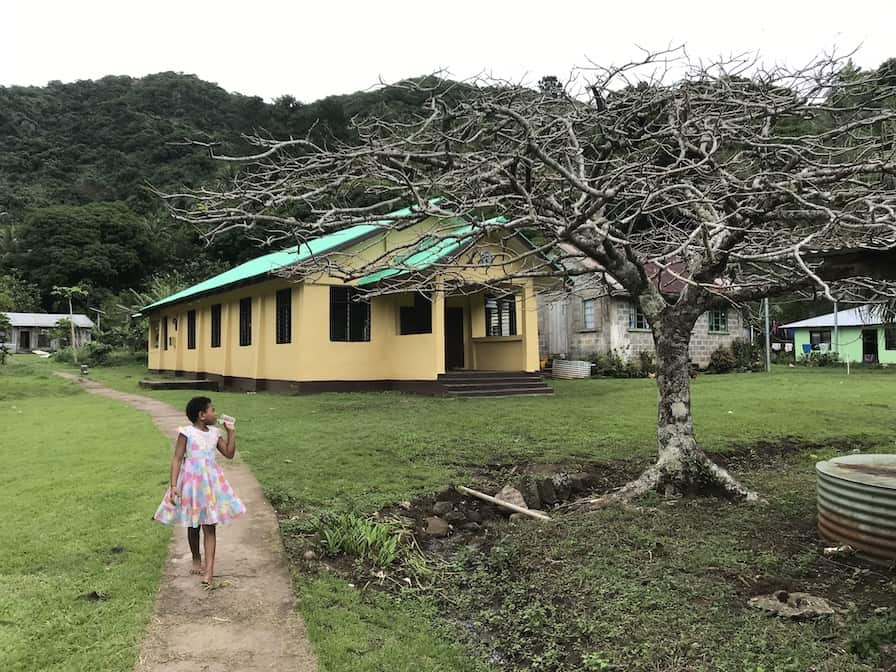
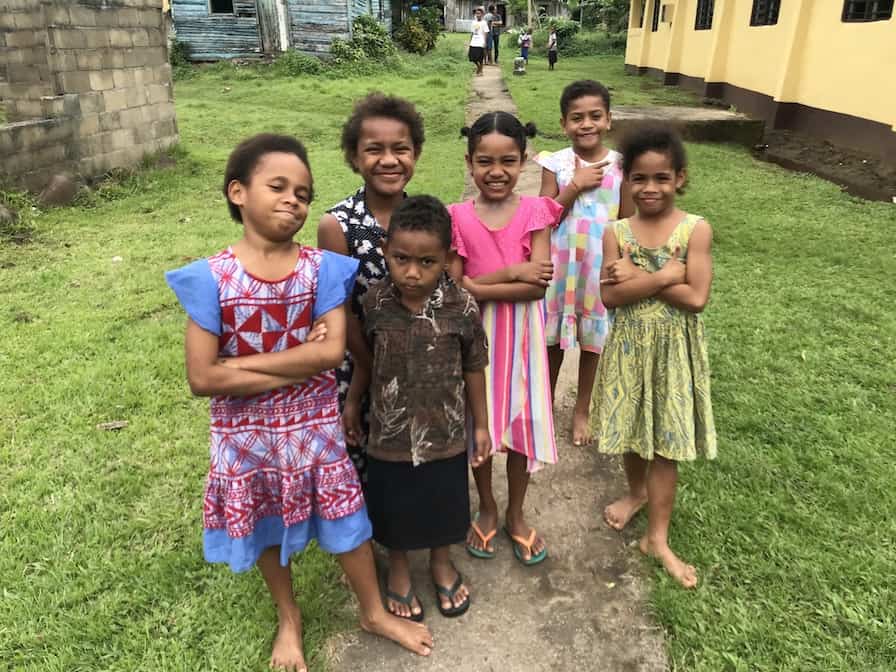
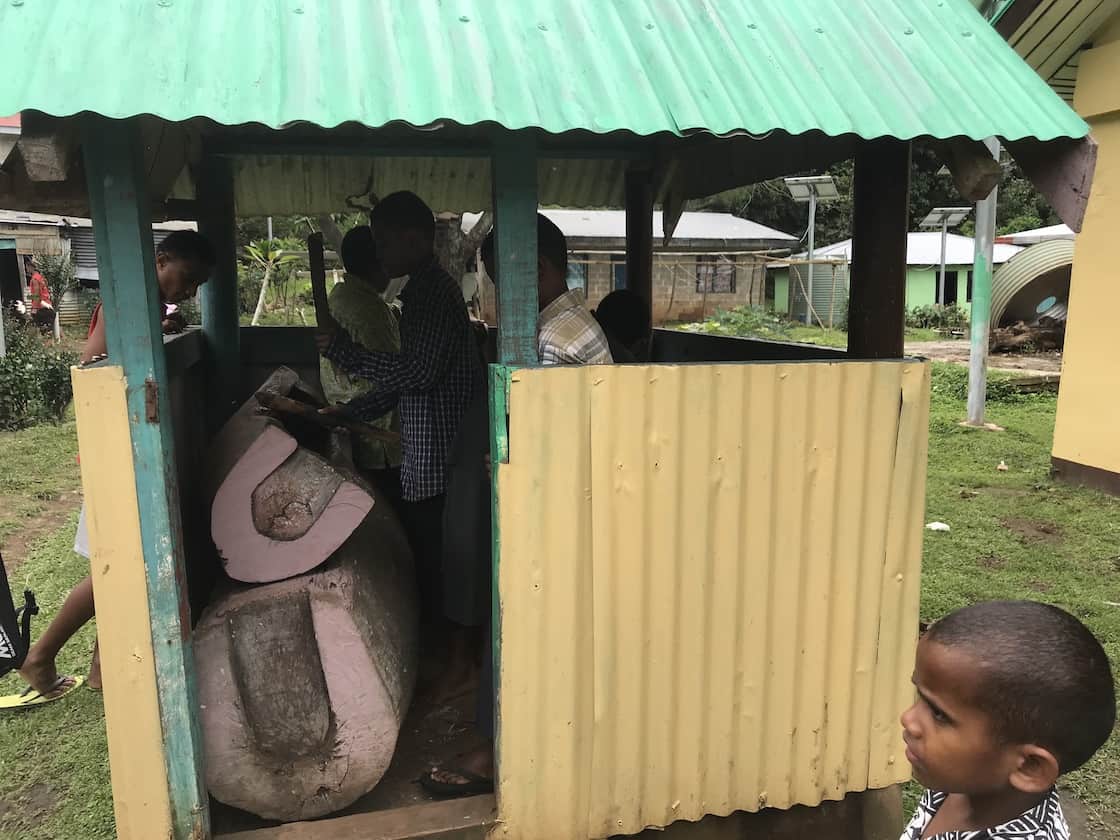

Even with the awful weather the pictures are stunning. Drunken Sailor song, brilliant choice. Pleased all is well xx
Hi,
Great to hear from you.
All is definitely well with us! As you can see, we continue to be fortunate in the amazing places we visit!
What an incredible experience. Lovely pictures and videos. Wow! The shark dive must have been an adrenaline rush! You are right the UK children have a lot in schools and they do not appreciate it enough. Enjoy your next part of the trip and stay safe. X
Hello!
So good to hear from you. I hope that you and the family are well.
The shark dive was really amazing. I was a bit scared at first but then just in awe of them!
Certainly a contrast with Suva! Fiji is a favourite holiday destination for Australians. There are many resorts along the southern coast and on the small islands just off shore. They cater brilliantly for families.
Hi,
We saw many sides of Fiji including the tourist resorts. It was interesting to see how different facilities were only a short distance apart!